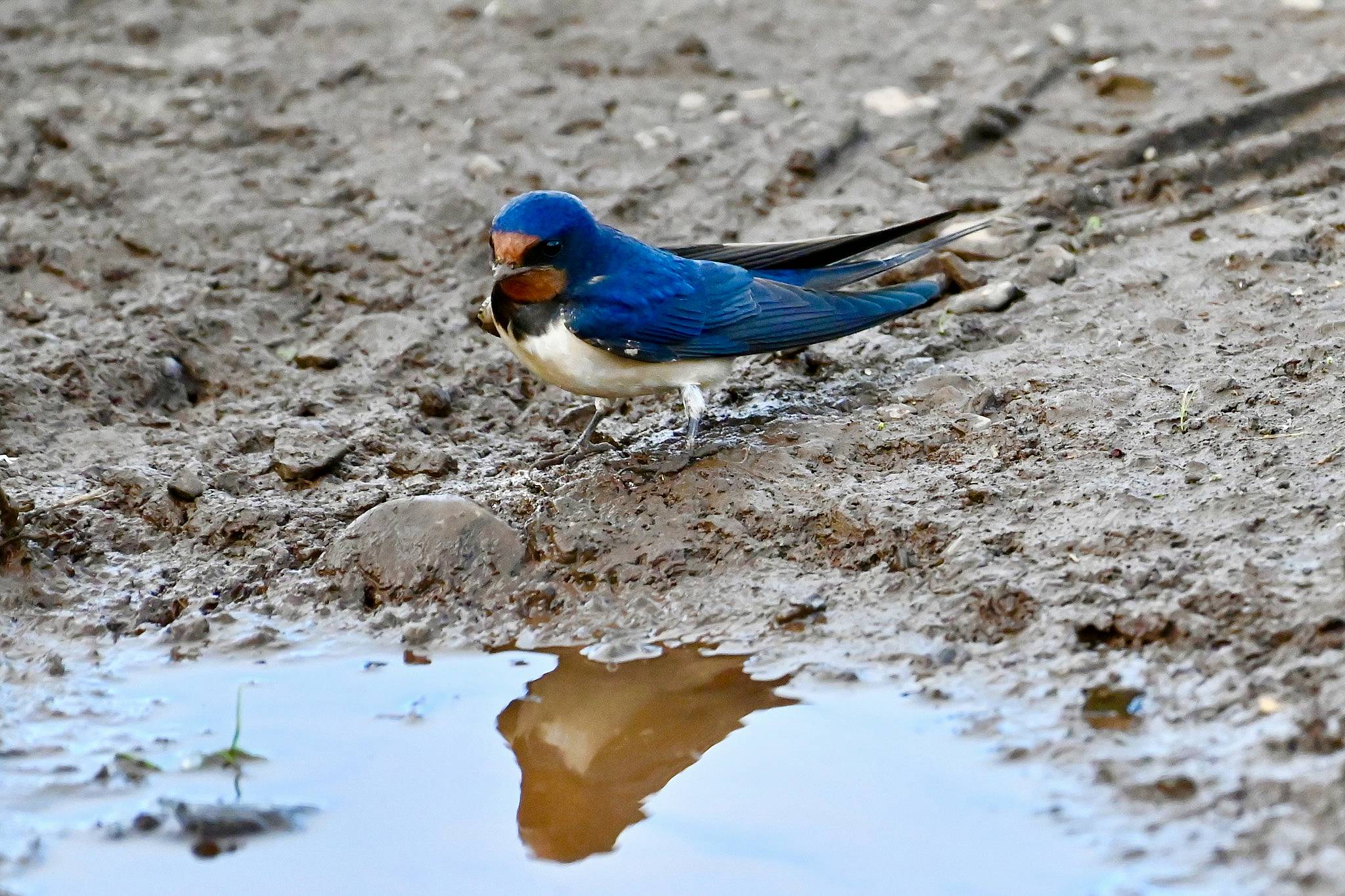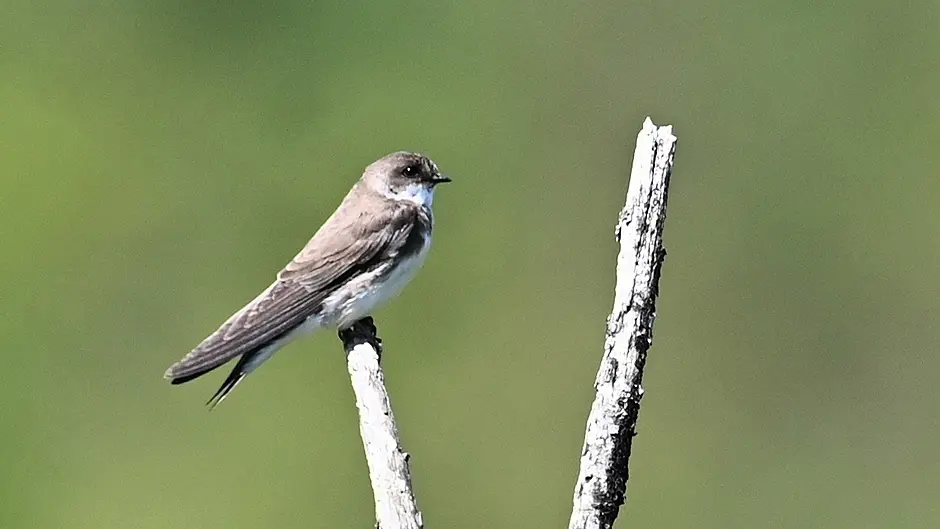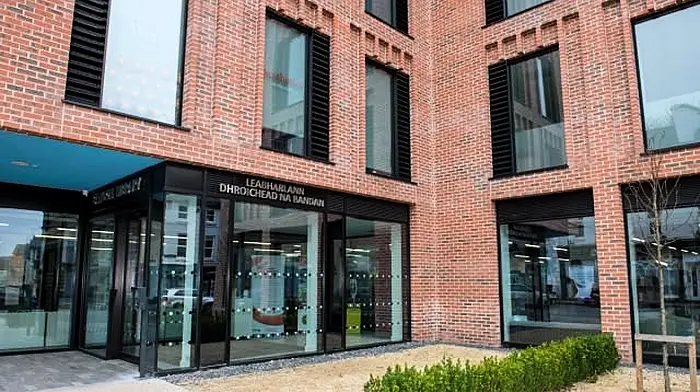AS summer swings into full bloom, our skies come alive with the acrobatic displays of swifts, swallows, house martins, and sand martins. These birds are renowned for their aerial swooping as they feast on flying insects, capturing their prey mid-flight.
These beautiful birds are not year-round residents. To escape our harsh winters, they migrate to tropical Africa, returning in spring and summer to breed. Their migration distances are incredible, for example, swallows can travel up to 10,000 km from Ireland to their wintering grounds.
While it is convenient to group them together, swallows and martins belong to the hirundine family, whereas swifts are part of the Apodidae family, more closely related to hummingbirds. Despite their similar appearance and migration patterns, each species boasts unique traits and has specific nesting requirements.
Arrivals and departures
Sand martins are the earliest of our four species to arrive, typically showing up from March onwards. Most depart by September, though some linger into October and occasionally even November. House martins return from mid-March and stay until late September.
Swallows generally follow a week or two later, with their main arrival time in April. Swifts are usually the last to arrive, usually from mid-April and with the majority appearing in early May.
They usually spend three to four months with us, beginning their departure at the end of July and mostly gone by the end of August.
Nest building
After arriving, these birds waste no time in mating and searching for suitable nesting sites. Nesting locations vary by species and come with unique challenges. Swifts, that once nested primarily on cliffs, in tree holes and caves, have adapted to urban environments. They now breed in buildings, squeezing through tiny gaps to nest under roofs. Swifts mate for life and return to the same nesting site each year.
Swallows, also known as barn swallows, prefer to nest in farm buildings and other covered structures. House martins, true to their name, nest under the eaves of houses or bridges and sometimes on cliffs.
 A swallow seen by the river Ilen in Skibbereen collecting mud for their nest. (Photo: Nick Haigh)
A swallow seen by the river Ilen in Skibbereen collecting mud for their nest. (Photo: Nick Haigh)Sand martins breed in colonies, creating burrows in riverbanks, quarries, sandy sea cliffs and sand dunes. Their tunnels can reach up to 90cm in length, with nests lined with vegetation and feathers at the tunnel’s end. Both house martins and swallows build their nests using mud.
Exceptional traits
These birds have some remarkable traits worth noting. House martins build their mud nests using over 1,000 lumps of clay, they take about three weeks to complete and weigh around 500g. The male lines the nest with feathers. House martins often reuse nests the following year, so consider this when cleaning away old ones in winter and remember, it is illegal to disturb any active bird nests.
Swifts are among the fastest fliers in Ireland, reaching speeds over 110 km/h. They spend most of their lives in the air, sleeping, eating and even mating on the wing. Swifts rarely touch the ground except to nest, so if you see a grounded swift, it is likely injured or unwell.
Conservation status
The biggest threats to these birds are man-made. A significant decline in insect prey, due to habitat loss and insecticide use, puts pressure on their populations. Sand martins, which nest in banks and by waterways, are particularly vulnerable to predation by introduced and invasive mink. Climate change is also playing a role, especially with droughts in Africa causing population crashes.
Loss of safe and suitable places to nest is likely the most significant issue for all four bird species. As old buildings are renovated or replaced and gaps in roofs are sealed, swifts are losing their nesting sites. The other bird species are also in competition with humans for use of buildings and land.
The result is that numbers of all four bird species are declining. Swallows, house martins, and sand martins have an amber conservation status, while swifts are classified as red.
Nesting solutions
Installing swift bricks in walls or putting up nest boxes can provide swifts with a place to reproduce. In Mayo, it has been reported that a concerted effort with swift boxes and bricks in public buildings has led to a 23% increase in swifts in the county. If you have swallows or house martins nesting in your buildings and eaves, leave their nests undisturbed.
For sand martins, nesting walls can be built. Excellent initiatives have been implemented, such as the sand martin nesting facilities at Cecas in Myross Wood, the Lough and Harpers Island in Cork. The Harpers Island site was the earliest installed and has already been successful. Volunteers in Ballydehob plan to install one on the island in the lagoon as part of their Biodiversity Action Plan, so keep an eye out for this exciting development. Depending on the design, these nesting facilities can also provide habitat for invertebrates like solitary bees and wasps.
Other ways to help
You can support these endangered birds by encouraging insect prey in your garden. Letting areas go wild and avoiding insecticides can create a more hospitable environment for insects, which in turn supports swifts, swallows, and martins. These birds are natural predators of insect pests that would otherwise affect crops and human health. The use of chemicals not only reduces insect populations but also harms the birds that feed on them, leading to a greater dependence on chemical pest control. This creates a vicious cycle that threatens bird species and contributes to biodiversity loss and the disruption of natural pest control mechanisms.
You can also get involved in citizen science projects by recording sightings of swifts on the dedicated page of the National Biodiversity Data Centre. Supporting conservation projects is easy and enjoyable—you can watch live camera footage of swifts in swift boxes at Atlantic Technological University, Mayo, or sand martins nesting at Harpers Island. Check out the footage at www.swiftconservation.ie and www.youtube.com/@HarpersNatureReserve/streams. Watching these birds in action is a privilege and a great way to support their conservation.







